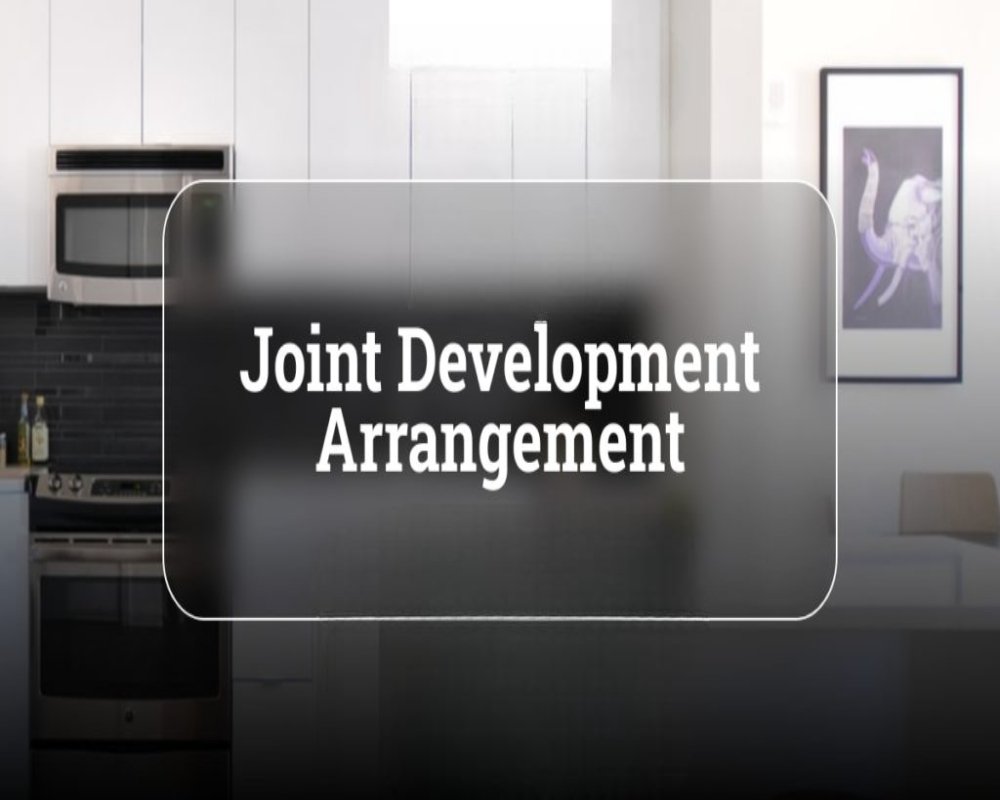As land improvement costs continue to escalate, many developers and landowners are increasingly turning to Joint Development Agreements (JDAs) to share financial risks and expedite project execution. Infrastructure upgrades such as soil stabilization, drainage systems, road construction, and utility installations have become significantly more expensive, often surpassing initial budget estimates. Landowners, reluctant to bear the entire burden, are partnering with professional developers who bring in capital, technical expertise, and operational know-how. Under JDAs, the landowner typically provides the land while the developer undertakes and funds the necessary improvements, with profits or finished plots shared based on pre-agreed terms. This collaborative model reduces upfront financial strain for both parties. JDAs are fast becoming essential tools in large industrial projects.
Rising improvement costs have made outright land sales less attractive for both buyers and sellers, especially when raw land requires extensive preparation to be usable. Joint development allows projects to proceed without requiring buyers to absorb unpredictable and often prohibitive development expenses individually. Developers also prefer JDAs because they can phase construction and investments based on actual market absorption, thereby reducing exposure to unsold inventory risks. Legal frameworks supporting JDAs now include detailed clauses covering project timelines, revenue sharing ratios, minimum improvement standards, and exit options. Flexibility in structuring agreements allows tailoring to specific project needs and market conditions. JDAs offer a practical solution to unlock land potential in cost-challenged industrial corridors.
The growing adoption of JDAs highlights a broader shift towards partnership-driven industrial development models, moving away from isolated transactions to collaborative risk-sharing frameworks. Governments are also encouraging joint models by offering incentives such as faster clearances and shared infrastructure subsidies to projects undertaken through recognized partnerships. JDAs help align the interests of landowners, developers, and future investors, leading to faster land readiness, better-quality infrastructure, and improved market confidence. As improvement costs continue to rise, joint development strategies are likely to dominate the next generation of industrial park and logistics hub expansions. They provide a scalable, resilient pathway to overcoming financial and operational barriers in today’s complex industrial real estate landscape.


